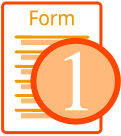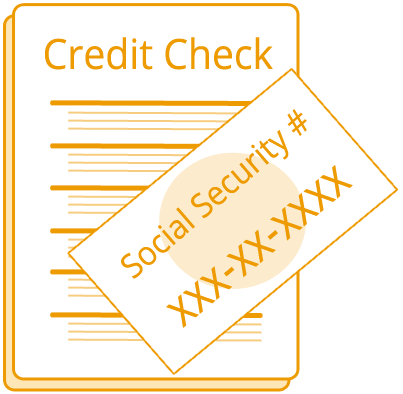Unlike fixed rates, variable rates fluctuate in response to changes in national rates. When national rates increase, a variable rate loan will also increase … but when national rates decrease, the variable rate will do the same. The fluctuation of the loan rate is usually tied to an index, like Treasury bonds, and goes up or down based upon the performance of that index.
Because no one can predict the future, adjustable rate loans are inherently riskier than their fixed rate counterparts.
It can be difficult to predict exactly how much you will pay in total with variable rates, but if national interest rates stay low then you may end up paying much less than originally estimated.
While they can occasionally lead to lower interest rates than their fixed counterparts, the fluctuations of national rates will generally bring them up again before you’ve finished repaying the loan.
Variable rate loans generally start with a low “teaser” rate that at first makes the payment seem affordable, but depending on interest rates and how often your payment adjusts, you may very will find yourself paying much more than your fixed rate counterpart.
Variable rates can sometimes grow to several times the rate you were originally paying in a matter of months, though there is always the possibility of having just as sharp of a drop as well.
Here’s a list of the most common types of adjustable rate loans:
One Year ARM:
With the one year ARM, the interest rate changes every year according to the index for the entire life of the loan. This can be good for the home buyer who wants to risk getting the lowest rate possible at the expense of risking a higher rate and higher monthly payments if the index changes accordingly.
The initial rate is usually less than that of a fixed rate loan, but after that, you’re at the mercy of the financial index that your loan is tied to. If you enter into this type of fluctuating loan due to financial status, you can always re-negotiate terms or refinance later and get a better deal and more stable loan.
3/1 Year ARM:
The 3/1 ARM allows for a little more short term stability than a regular one year ARM. The first digit indicates the number of years in which the mortgage stays at a fixed rate and the second number indicates how often the rate adjusts thereafter. So a 3/1 ARM would have three years at a fixed rate and then starting in the fourth year and every year after that, the loan will adjust based on the financial index that it is tied to.
There are also similar types of these ARMs that have longer periods in which the initial rate is fixed. 5/1 ARMs, 7/1 ARMs, and 10/1 ARMs all do the same thing except the rate is fixed for the corresponding number of years. However, the longer the initial rate is fixed, the closer in interest rate these loans will be to a normal fixed rate mortgage…without the risk! Most people who are usually considering these longer ARMs are usually better off with a fixed rate loan, unless they have a reason for doing so.
Similar but slightly different are 3/3 ARMs and 5/5 ARMs. Whereas a 3/1 ARM is three years fixed/one year adjustable, a 3/3 is three years fixed/ three year adjustable. Once the rate adjusts, it stays the same for the next three years and won’t adjust again for another three years. The 5/5 is the same, just for a longer period.
30 due in 5 ARM:
This mortgage is a two-step mortgage that has an interest rate and monthly payment that remains stable for 5 years and then changes according to the current market rates on the 6th year. This interest rate and payment will remain the same for the life of the loan. This mortgage is good for those who wish to live in the home for longer than 5 years and want to risk having a change in a monthly payment, whether an increase or decrease.
This loan is also sometimes referred to as a 5/25 ARM. There is also a 30 Due in 7, which is also the same as a 7/23ARM.


